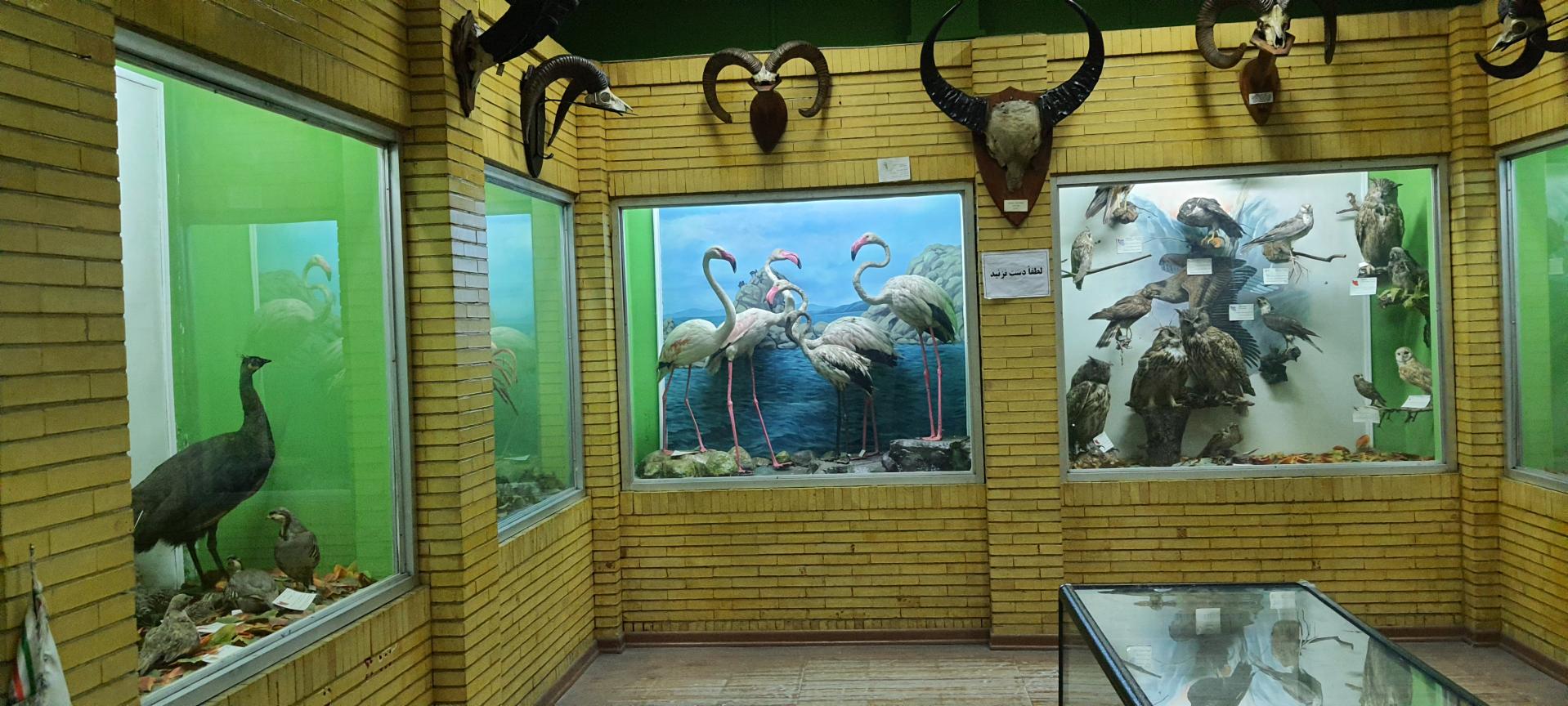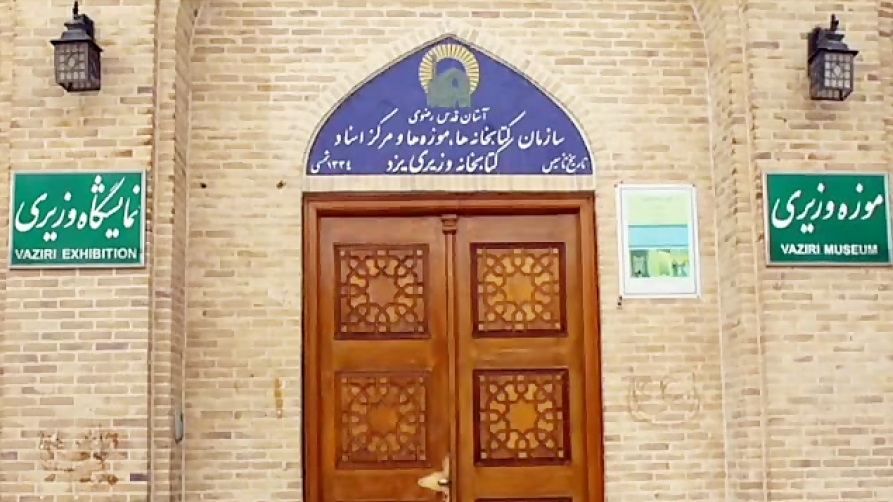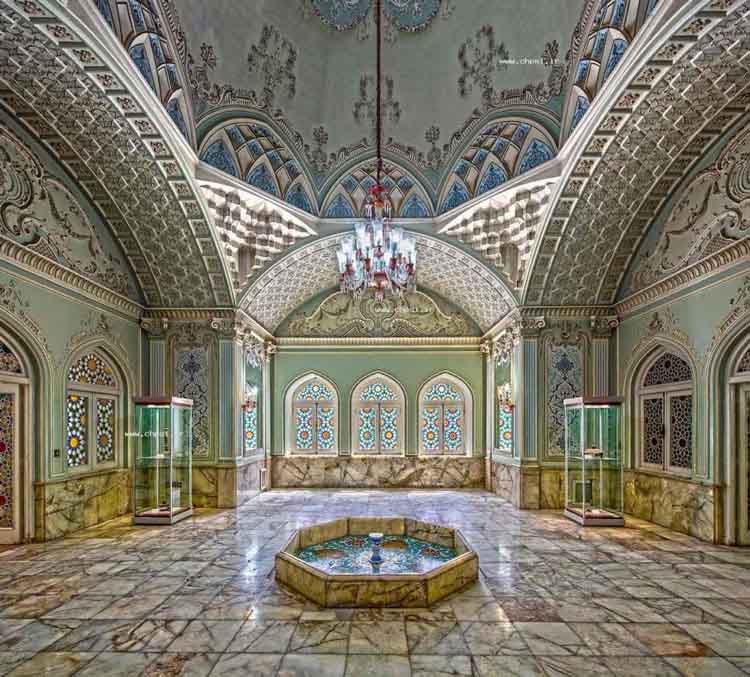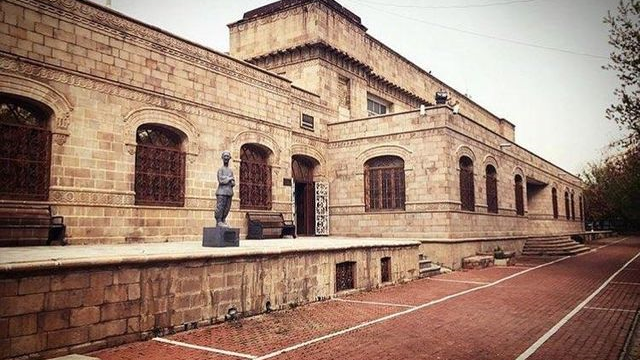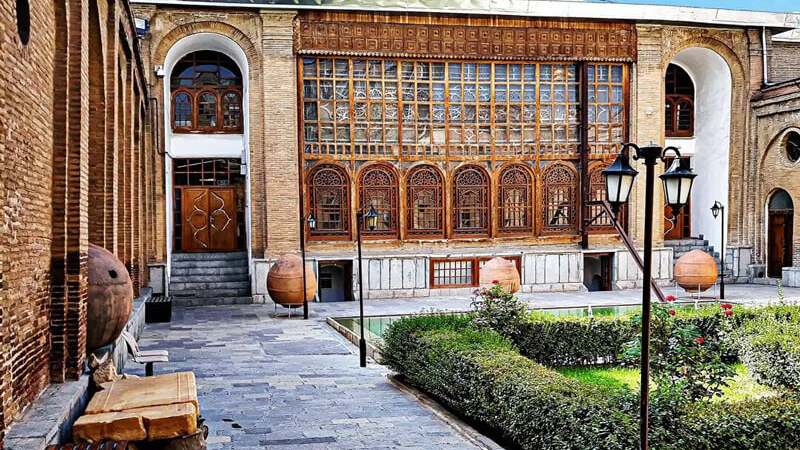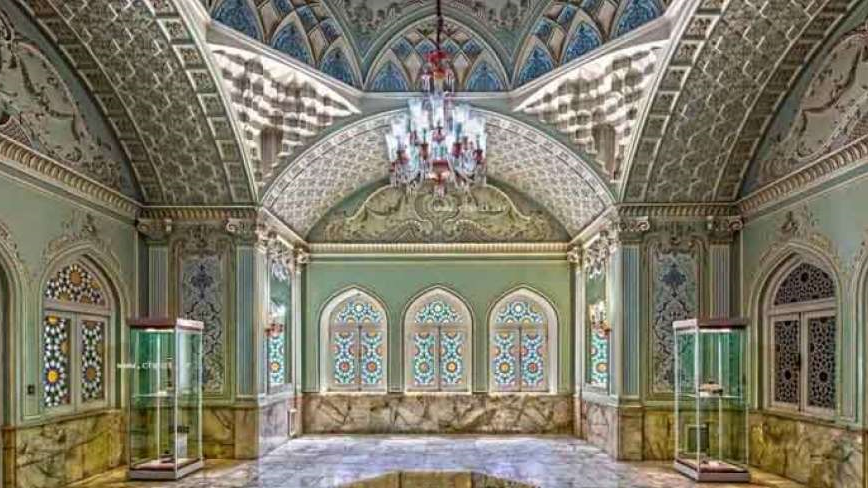
Shahriar’s House Museum
In every nation poets and literary people are honored for having tried to preserve and elevate their culture. In Iran, too, poets and literary personalities have always been honored and respected. All such personalities have also been commemorated in the Iranian official calendar by naming a day after them on which people gather at their tombs and pay homage to them.
Shahriar was a contemporary Iranian poet in whose honor a museum has been established in the city of Tabriz.
Who was Shahriar?
Seyyed Mohammad-Hossein Behjat Tabrizi, popularly known by his pen name Shahriar, was born in Tabriz in the year 1901. Shahriar’s father was a skilled calligrapher who participated in the struggle of constitutionalists against tyranny. Shahriar completed his schooling in 1921 and went to Tehran to pursue his higher education. He studied at Dar al-Fonun for three years and then joined a medical college. It is reported that Shahriar fell in love with a girl while he was only seven months away from completing his medical studies but received a negative response from her. This incident had such an impact on him that he left his studies and turned to poetry.
Shahriar continued to compose poems until the end of his life and became one of the most prominent contemporary poets of Iran. “Haidar Babaye Salaam” (Greetings to Heydar Baba) which is one of the masterpieces of Iranian Azrabayejani Turkish literature is a work that has found a considerable place among the modern poems and has been translated into more than eighty living languages of the world.
Shahriar passed away in Tabriz on September 18, 1988, and as per his will, he was buried in the Maqbarat al-Shu’ara (Tomb of the Poets) of this city. The day of his demise has been named as “Persian Poetry and Literature Day” in the official Iranian calendar.
About the Shahriar’s House Museum
The place known today as Shahriar’s House Museum was his third home. Shahriar bought this house in 1968 and spent the last 20 years of his life in it. He composed many of his poems in this house and hosted many artistic and literary figures of Iran. After Shahriar’s demise, this house was bought by Tabriz municipality and turned into a museum. Most of the objects exhibited in this museum are the belongings and manuscripts of Shahriar, which were donated by his family. In 1991, a call was published to receive the documents left by Shahriar, following which many documents and equipment were donated to the museum.
More than 500 pieces of personal items and tools used by Shahriar such as books, bags, walking sticks, printed works, notebooks of poetry, manuscripts, a copy of the Qur’an scripted by him, stationery, photo albums, and gifts given to him are preserved in this museum.
In the basement of this small house, photos from different periods of Shahriar’s life are displayed. In this basement, there is a small pond that gives a poetic feeling to the space. Shahriar played Setar during his lifetime. Shahriar's famous Setar is on display in the basement of the museum.
Shahriar’s house, which was built in the 1950s is about 250 square meters and has two floors. This house was registered in the list of Iran’s national heritage in 2007.
Where is Shahriar’s House Museum located?
This museum is located in the Maqsoodiyeh neighborhood; one of the old neighborhoods of Tabriz city. There are many historical buildings such as Behnam House, Sanjesh Museum, Sa’at Building, and Qadaki House near this museum, which will make it possible for visitors to also visit several other historical monuments.
The place known today as Shahriar’s House Museum was his third home where spent the last 20 years of his life.
| Name | Shahriar’s House Museum |
| Country | Iran |
| State | East Azerbaijan |
| City | Tabriz |

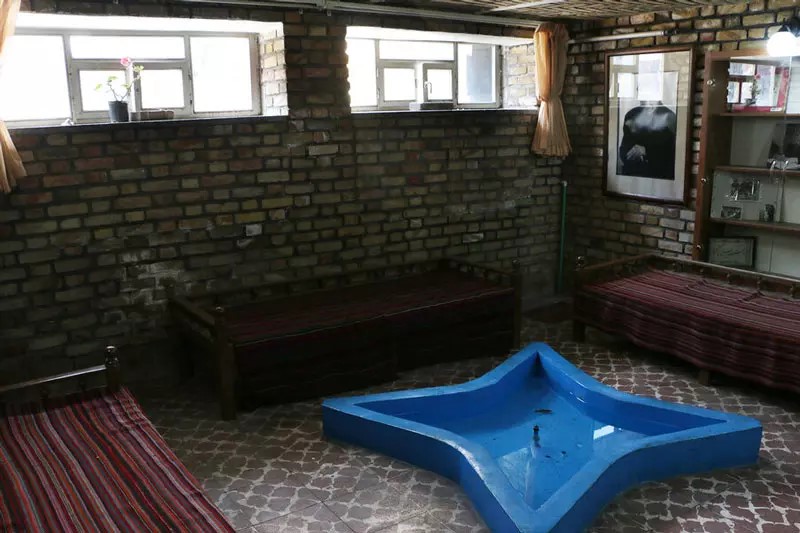
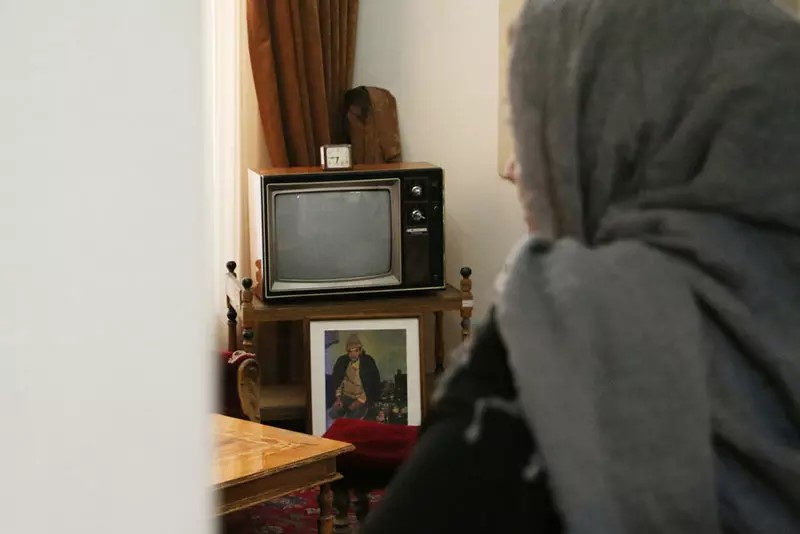
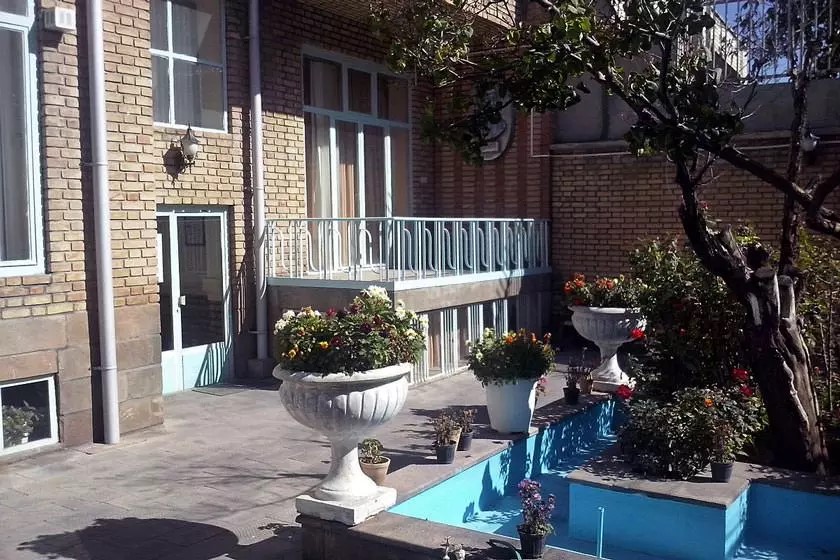
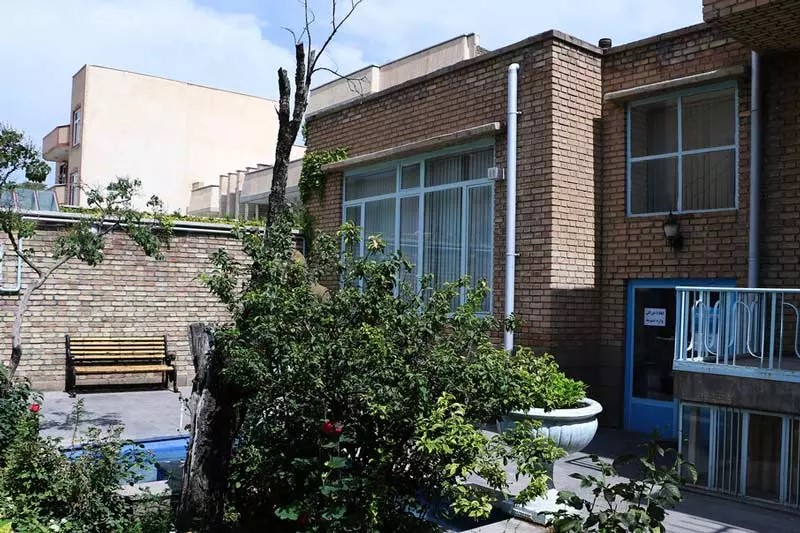

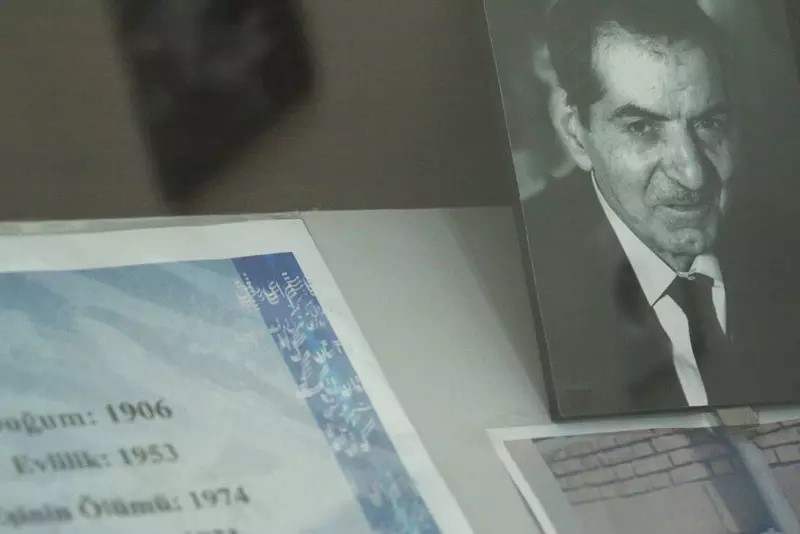







Choose blindless
Red blindless Green blindless Blue blindless Red hard to see Green hard to see Blue hard to see Monochrome Special MonochromeFont size change:
Change word spacing:
Change line height:
Change mouse type:


